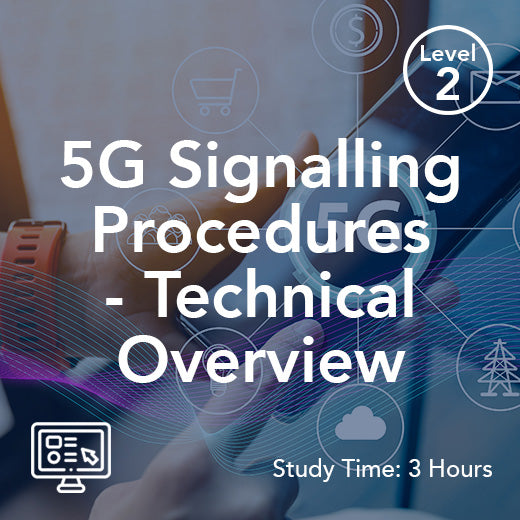What is edge cloud in telecom?
- , by Paul Waite
- 2 min reading time
Edge cloud in telecom refers to the deployment of cloud computing infrastructure closer to the network edge, typically at the edge of the telecom network. This allows for faster processing and lower latency, enabling telecom operators to deliver services more efficiently and improve the overall user experience.
The traditional cloud computing model involves centralizing data and processing power in large data centers located far away from end-users. While this model has its benefits, such as scalability and cost-effectiveness, it can also result in latency issues and slower data transfer speeds, especially for applications that require real-time processing.
Edge cloud in telecom addresses these challenges by bringing cloud resources closer to the end-users, reducing the distance that data needs to travel and minimizing latency. This is particularly important for emerging technologies such as Internet of Things (IoT), augmented reality, and autonomous vehicles, which require low latency and high bandwidth to function effectively.
By deploying edge cloud infrastructure at the edge of the telecom network, operators can improve the performance of their services and provide a better user experience for customers. This can lead to increased customer satisfaction, higher retention rates, and ultimately, greater revenue for telecom operators.
In addition to improving performance, edge cloud in telecom also offers other benefits such as enhanced security and privacy. By processing data closer to the edge, sensitive information can be kept local and not transmitted over long distances, reducing the risk of data breaches and unauthorized access.
Furthermore, edge cloud in telecom enables operators to optimize their network resources and reduce operational costs. By offloading processing tasks to edge servers, operators can reduce the strain on their core network and lower their overall infrastructure costs.
Overall, edge cloud in telecom is a game-changer for the industry, enabling operators to deliver faster, more reliable services to their customers while also reducing costs and improving security. As the demand for low-latency applications continues to grow, edge cloud will play an increasingly important role in shaping the future of telecom services.
In conclusion, edge cloud in telecom is a key technology that is revolutionizing the way telecom operators deliver services to their customers. By deploying cloud infrastructure at the edge of the network, operators can improve performance, enhance security, and reduce costs, ultimately providing a better user experience and staying ahead of the competition. As the industry continues to evolve, edge cloud will undoubtedly play a crucial role in shaping the future of telecom services.
The traditional cloud computing model involves centralizing data and processing power in large data centers located far away from end-users. While this model has its benefits, such as scalability and cost-effectiveness, it can also result in latency issues and slower data transfer speeds, especially for applications that require real-time processing.
Edge cloud in telecom addresses these challenges by bringing cloud resources closer to the end-users, reducing the distance that data needs to travel and minimizing latency. This is particularly important for emerging technologies such as Internet of Things (IoT), augmented reality, and autonomous vehicles, which require low latency and high bandwidth to function effectively.
By deploying edge cloud infrastructure at the edge of the telecom network, operators can improve the performance of their services and provide a better user experience for customers. This can lead to increased customer satisfaction, higher retention rates, and ultimately, greater revenue for telecom operators.
In addition to improving performance, edge cloud in telecom also offers other benefits such as enhanced security and privacy. By processing data closer to the edge, sensitive information can be kept local and not transmitted over long distances, reducing the risk of data breaches and unauthorized access.
Furthermore, edge cloud in telecom enables operators to optimize their network resources and reduce operational costs. By offloading processing tasks to edge servers, operators can reduce the strain on their core network and lower their overall infrastructure costs.
Overall, edge cloud in telecom is a game-changer for the industry, enabling operators to deliver faster, more reliable services to their customers while also reducing costs and improving security. As the demand for low-latency applications continues to grow, edge cloud will play an increasingly important role in shaping the future of telecom services.
In conclusion, edge cloud in telecom is a key technology that is revolutionizing the way telecom operators deliver services to their customers. By deploying cloud infrastructure at the edge of the network, operators can improve performance, enhance security, and reduce costs, ultimately providing a better user experience and staying ahead of the competition. As the industry continues to evolve, edge cloud will undoubtedly play a crucial role in shaping the future of telecom services.

































